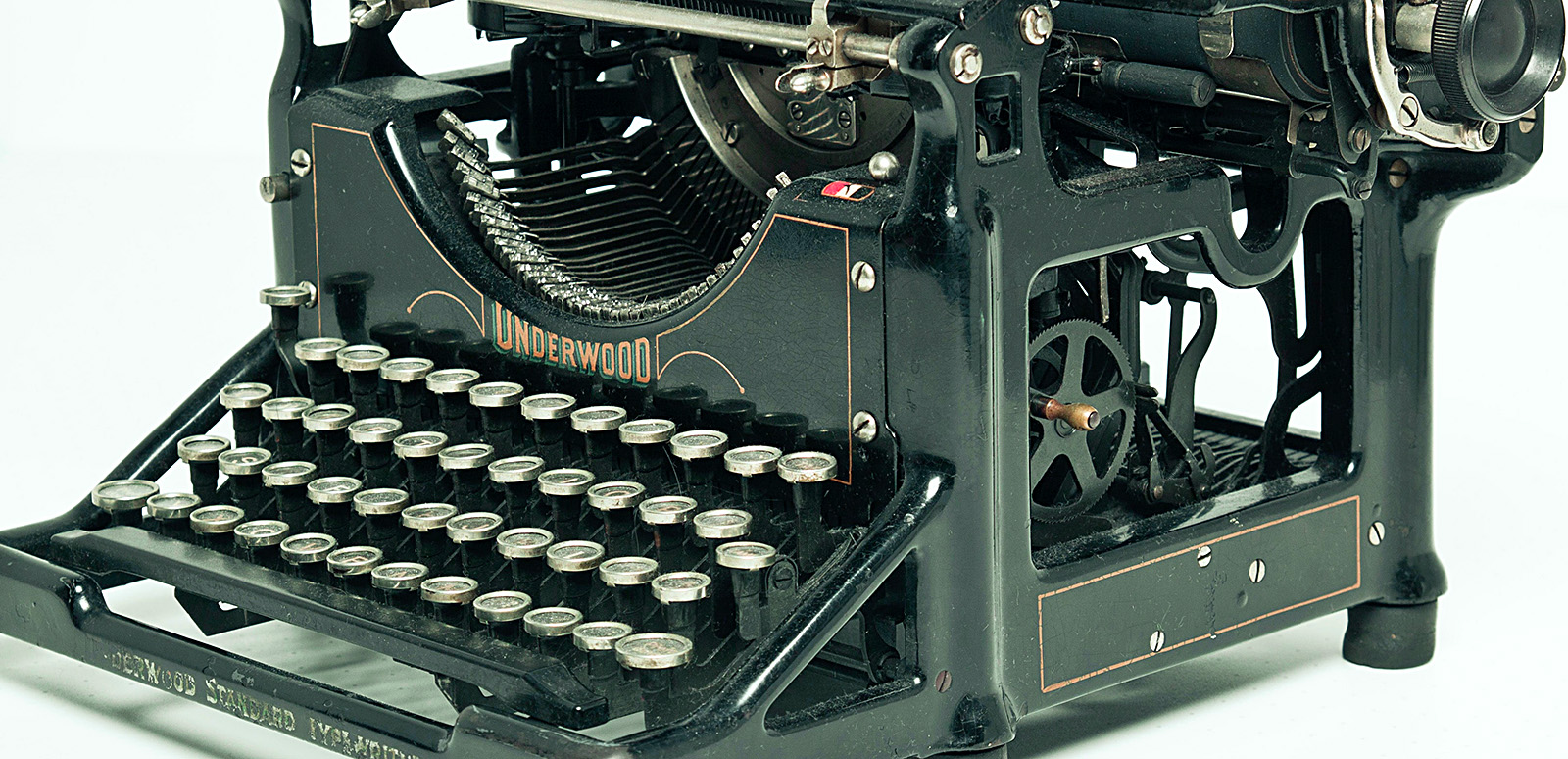
Defining AI Arts: Three Proposals
Author: Lev Manovich
Publication: "AI and Dialog of Cultures," exhibition catalog, Hermitage Museum, Saint-Petersburg, 2019.
From the article:
On first sight, coming with a definition for “AI arts” does not sound hard. AI (an abbreviation for the term Artificial Intelligence) refers to computers being able to perform many human-like cognitive tasks, such as playing games of chess and Go, recognizing content in images, translating between languages, selecting best candidates in a job search based on their CVs, and so on. This is how AI has been traditionally understood, and we can extend this concept to the arts. Following this logic, “AI arts” would refer to humans programing computers to create with a significant degree of autonomy new artifacts or experiences that professional members of the art world recognize as belonging to “contemporary art.” Or, we can teach computers skills of artists from some earlier historical period and expect that professional art historians recognize new artifacts the computer creates as possible art from this period.
In fact, we can extend the famous Turing test to AI arts - if art historians mistake objects a computer creates after training for the original artifacts from some period, and if these objects are not simply slightly modified copies of existing artifacts, such computer passed “Turing AI arts” test. This sounds simple and logical. Let’s refer to this idea as our first proposal for the definition of “AI arts.” In this definition, art created by an AI is something that professionals recognize as valid historical art or contemporary art.
